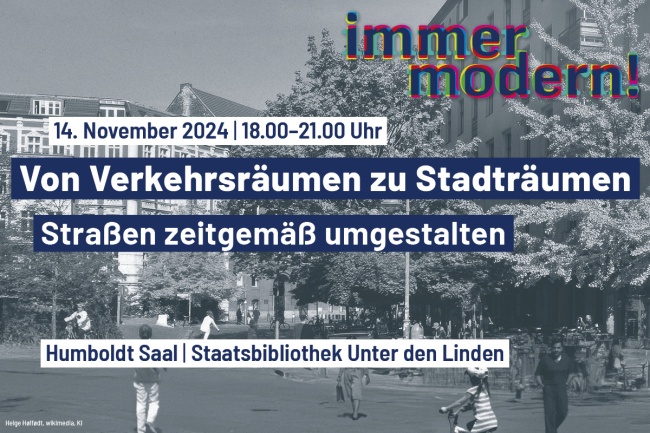

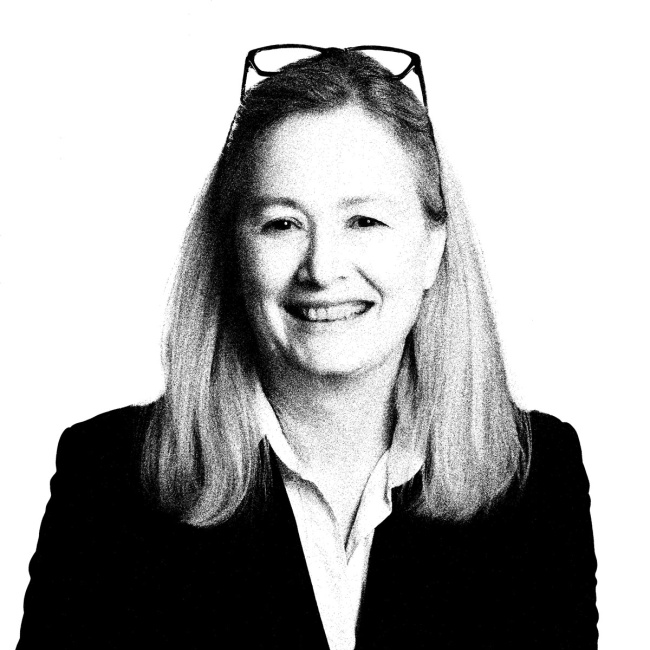
© Bettina Keller
»For a green Berlin Mitte«
More info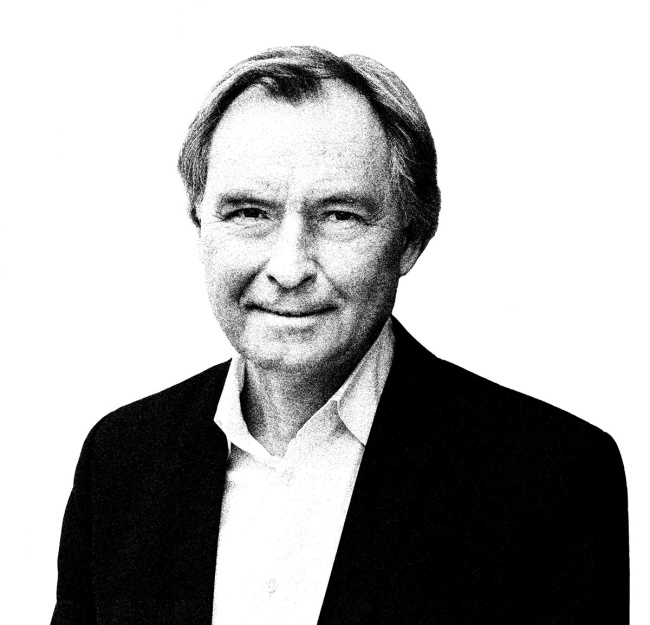
© Lidia Tirri für die Bundesstiftung Baukultur
»Urban spaces over motorways!«
More info
© Paul Lovis Wagner
»Motor traffic, yes, but in moderation!«
More info
© Philipp Arnoldt
»Vision Zero with machine learning and AI«
More info
© Silke Reents
»Road regulations – not only for cars«
More info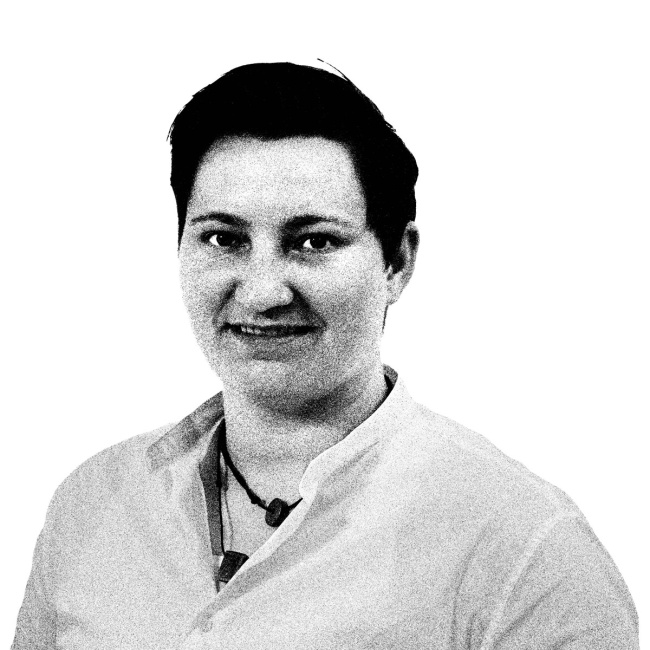
© Lothar M. Peter
»Planning for the long term!«
More info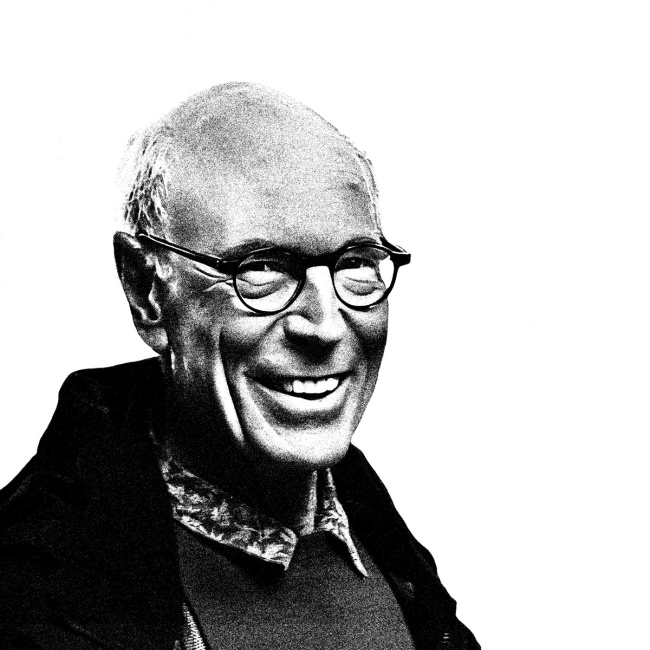
© privat
»Upend the status quo!«
More info
© Doris Reichel
»Strolling instead of rushing«
More info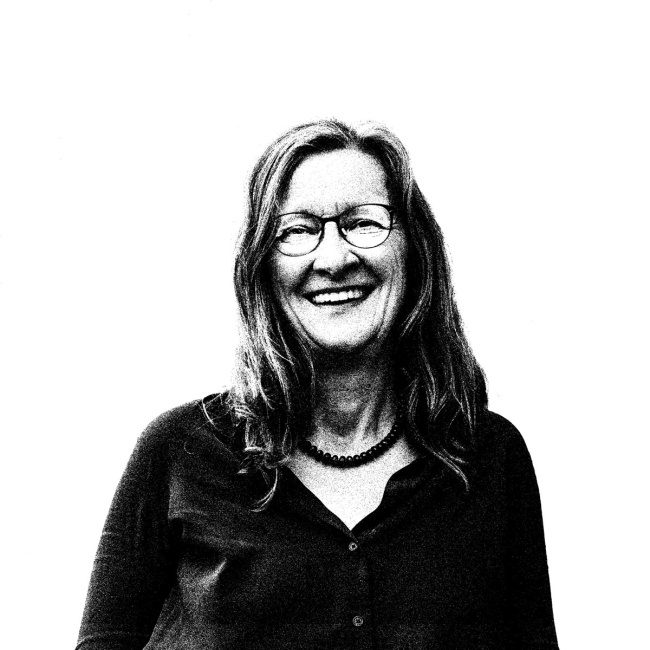
© Julia Bornkessel